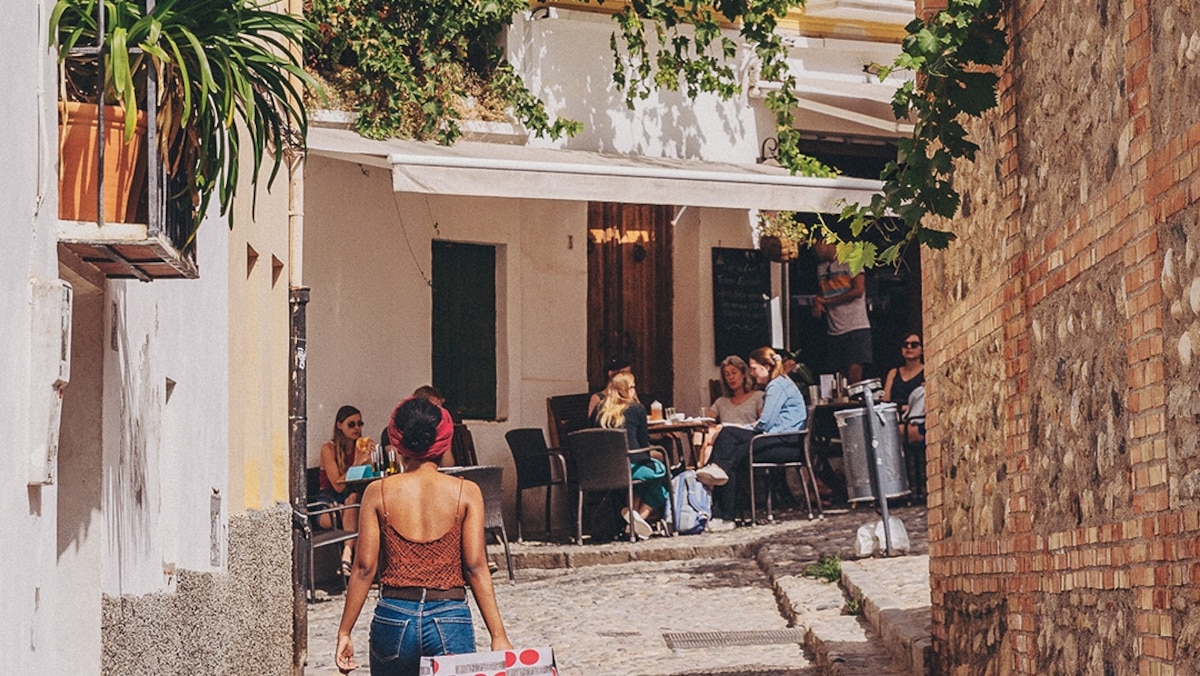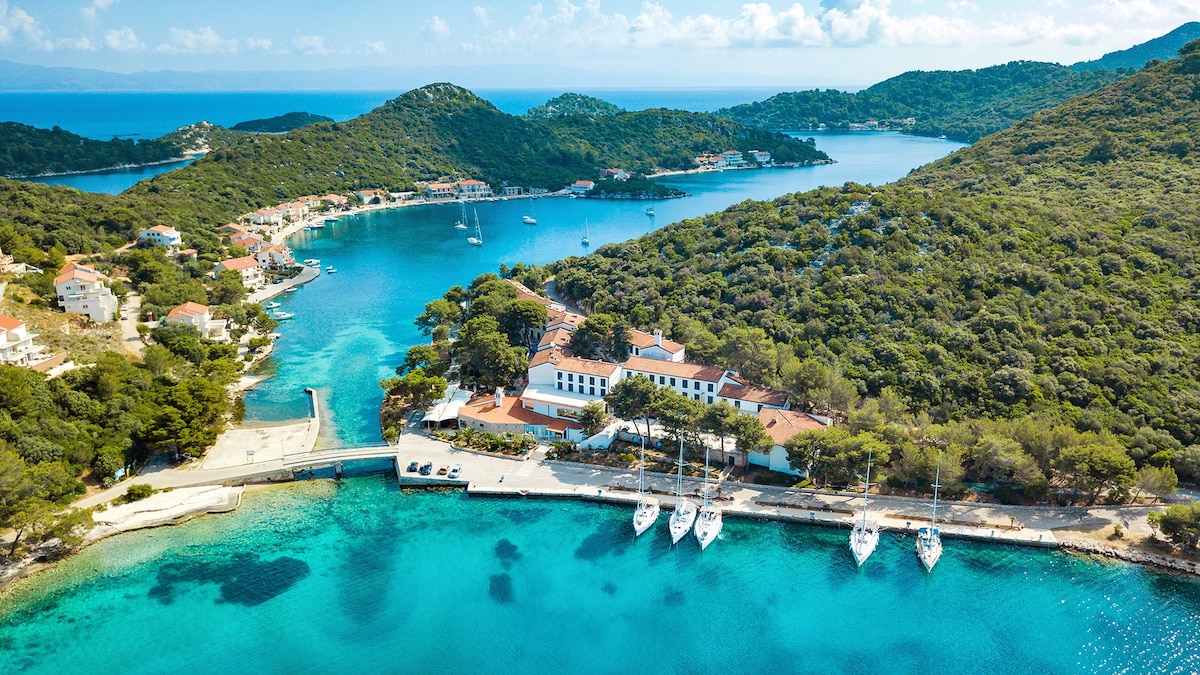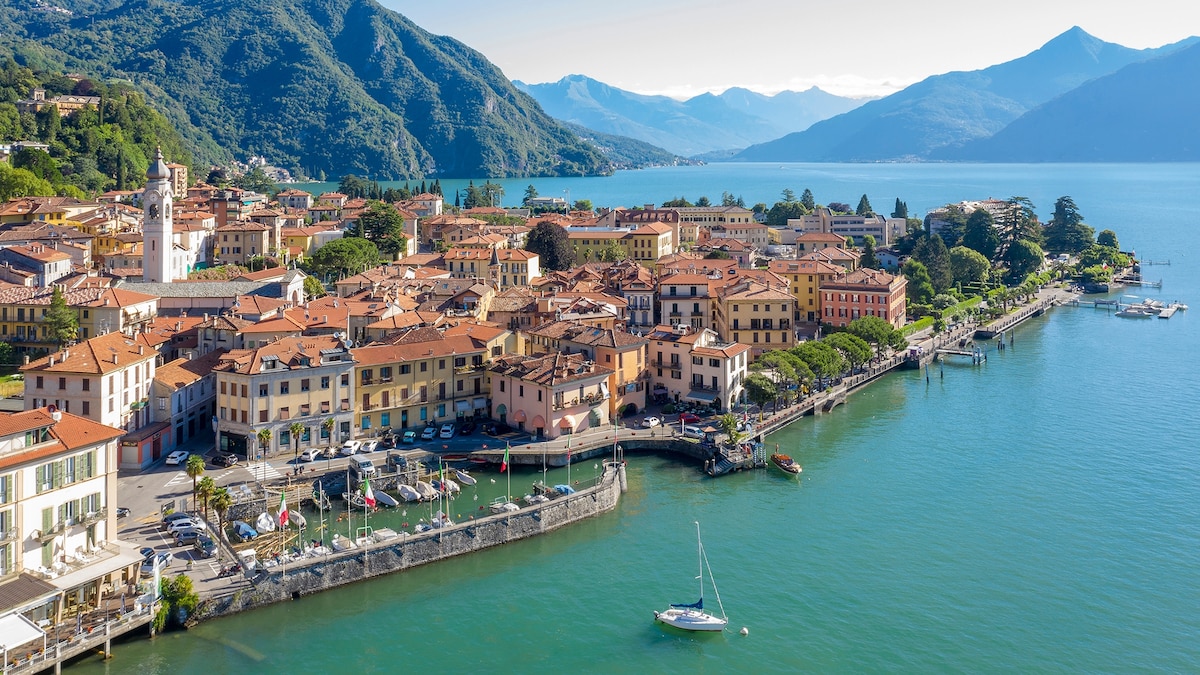Now Reading: Beyond Barcelona: Discover Spain’s Hidden Gems
1
-
01
Beyond Barcelona: Discover Spain’s Hidden Gems
Beyond Barcelona: Discover Spain’s Hidden Gems

Swift summary:
- Spain has seen record-breaking international tourism, with up too 94 million visitors in the last year.
- To escape crowded destinations like Madrid, Barcelona, and Seville, alternatives offer equally enriching experiences.
- Salamanca: Known for its vibrant food culture and stunning historic sites like Plaza Mayor and 800-year-old university.
- Cáceres: UNESCO-listed old town with gothic-renaissance buildings and contemporary art at Museo helga de Alvear.
Stay Informed With the Latest & Most Important News
Previous Post
Next Post
Loading Next Post...
























